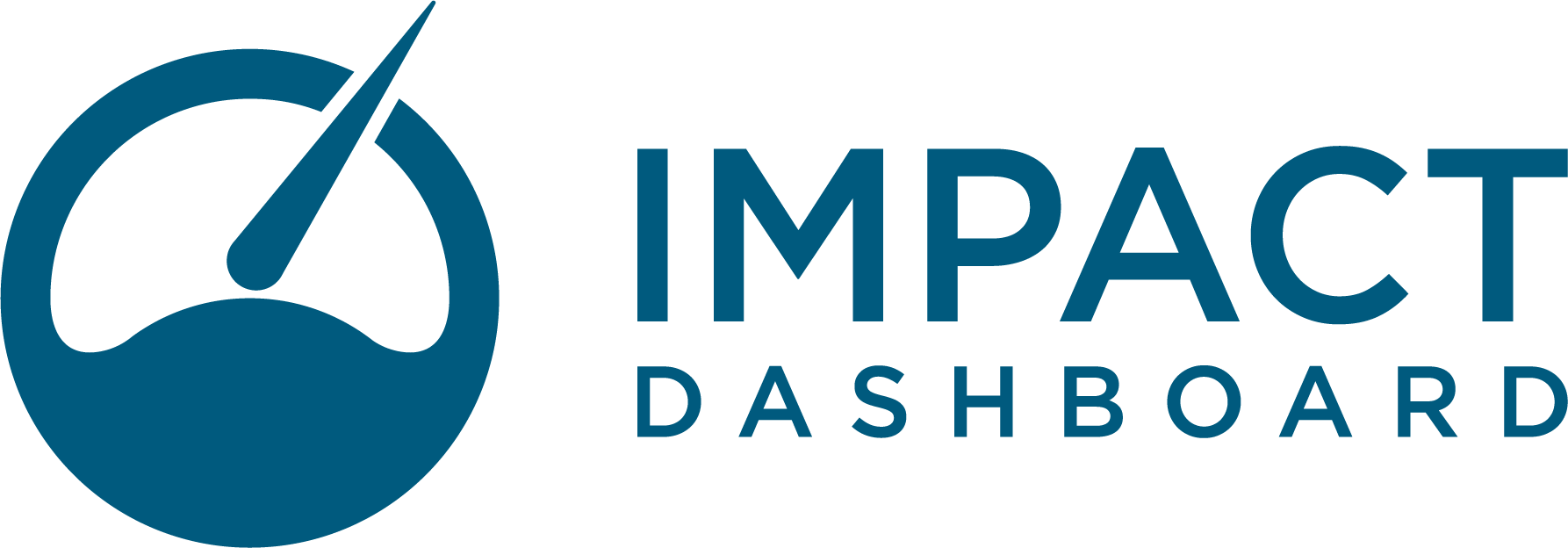Pricing & FAQ
A Subscription Option for Every Community

Professional
Unlimited access to all Impact DashBoard features. Generate impact results for every project that crosses your desk.

The Company
Impact DataSource is an economic consulting firm founded by Jerry Walker in 1993. We specialize in preparing economic and fiscal impact analysis for economic developers and governments. Clients can hire us to prepare an individual study or our clients can purchase access to Impact DashBoard to prepare the studies themselves. Read more on our About page.

The Product
Impact DashBoard is a web app for economic developers that enables them to collect, organize, and analyze project information. The software helps economic developers determine and communicate the value of projects in their community and determine the ROI of project incentives.
Frequently Asked Questions
Signing Up
Nope! Impact DataSource will take care of researching and configuring all of the tax rates and parameters in your model. We’ll give you a user guide that details all of the info built into your model. The only data you have to provide is the project-specific inputs – like jobs, capital investment, NAICS code.
We review and update all of tax rates and other parameters inputs annually. If property tax rates change during your subscription we can update them.
Impact DashBoard is available by annual subscription. The subscription fee for Impact DashBoard is based the each client’s requirements and tied to population size and complexity of the region covered. In short, we model the local tax structure for your desired region, so the fee for a single city will be less than the fee for a multi-county region. Contact us for a quote.
No. There is no initial setup or upfront fee. The only fee you pay is the annual subscription fee and we’ll research and configure your model.
The only exception to this is large regional models where an unusually large research and configuration effort is required. In these cases an initial fee may be charged in order to keep the on-going subscription fee more affordable.
No. Each Impact DashBoard model is configured for a client’s specific region. If you’d like a sandbox / test environment to get a feel for the app, please contact us. A sandbox environment will not be customized for your community.
The annual subscription fee is paid upfront when the model is prepared. We’ll prepare an invoice that can by paid by check, wire, or ACH transfer.
User Accounts
We do not limit the number of user accounts with your subscription. You can create user accounts for anyone that you would like to have access to your account.
Nope. Passwords are between you and our secure database. You can request to reset your password on the login page. The reset password email will be sent to the primary user’s email address.
Technical
Impact DashBoard is a web-based application that can be accessed anywhere you have an internet connection. The login page is https://dashboard.impactdatasource.com/login
Impact DashBoard is optimized exclusively for Google Chrome. Accessing Impact DashBoard using other browsers may result in printing issues and inputs not working as intended. Users must access Impact DashBoard using Chrome.
Yes, reports and data forms can be printed within the app relying on Google Chrome’s print feature. If you have Adobe Acrobat or a similar PDF writer, you can generate PDF versions by selecting it as the printer from your browser.
Unlimited Training & Support
Yes, web-based screenshare training is included in the annual fee. You can schedule one-on-one training after you receive the activation email.
Yes. You can contact us anytime by phone or email. We can even jump on a GoToMeeting to look at things together.
Security
Yes. Impact DashBoard is secure. The most basic level of security can be seen when you access the login. You may notice the website identifies as secure (denoted by the “https”). The website has an SSL certificate which means everything a user does on our site is encrypted, and can’t be seen by anyone else. At all levels, security is an important concern.
Impact DataSource keeps confidential economic and other data obtained from users to develop the model, as well as information on economic development projects entered into Impact DashBoard.
Only a user with your login credentials can access the data in your Impact DashBoard account. Impact DataSource, in the course of providing support to users, can view your data.
Questions About the Model
Yes, you can modify any input in the model.
Economic impact calculations are based on RIMS II multipliers for your region but you can overwrite the multipliers if you have specific multiplier you’d like to use. You can also run scenarios excluding all spin-off economic impacts.
Yes, population impacts relating to new residents, new residential construction, and new school students is a big part of our model.
It’s pretty straightforward – based on the capital investment and a handful of configurable parameters. We can chat about it on a demo.
We model your local tax structure to estimate property tax, sales tax, income tax, or other revenues as applicable. This one’s complicated but we can go into detail on a demo or phone call.
In the broadest sense, the government will incur costs as a function of new business activity and new residential activity. We index costs to the increases in both of these drivers. We can talk specifics on a demo.
Yes. You can add user-defined revenues or costs to a scenario.
Impact DashBoard can model all of the most common economic development incentives such as property tax abatements/rebates/exemptions, sales tax abatement/rebates/exemptions, as well as non-tax related incentives like job creation grants, infrastructure grants, and paid-for infrastructure.
